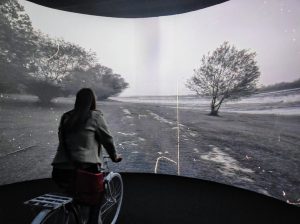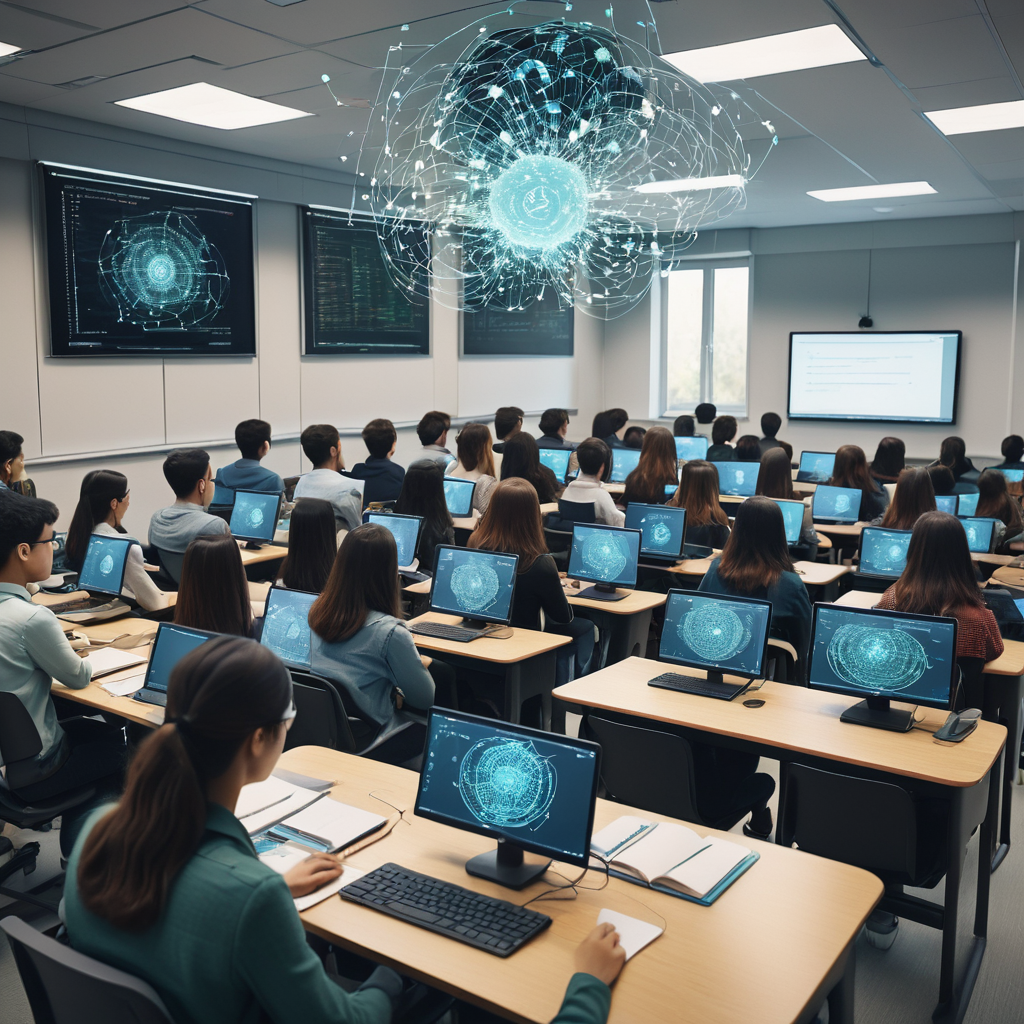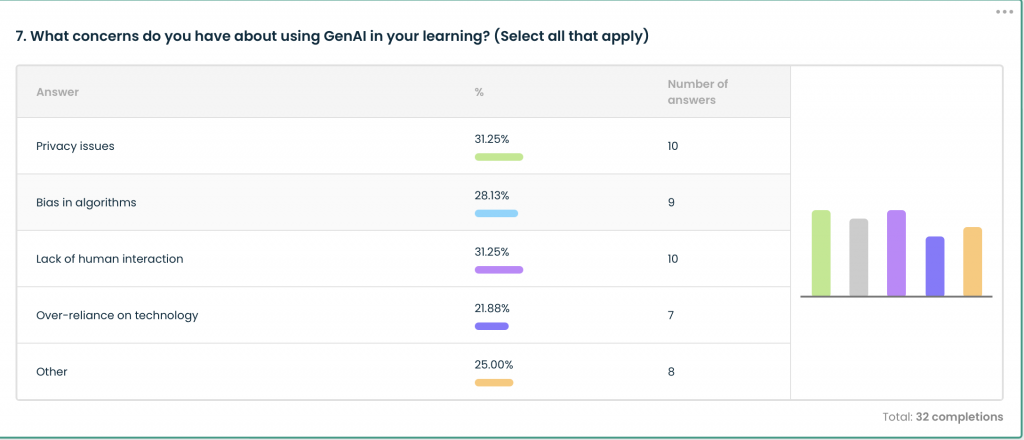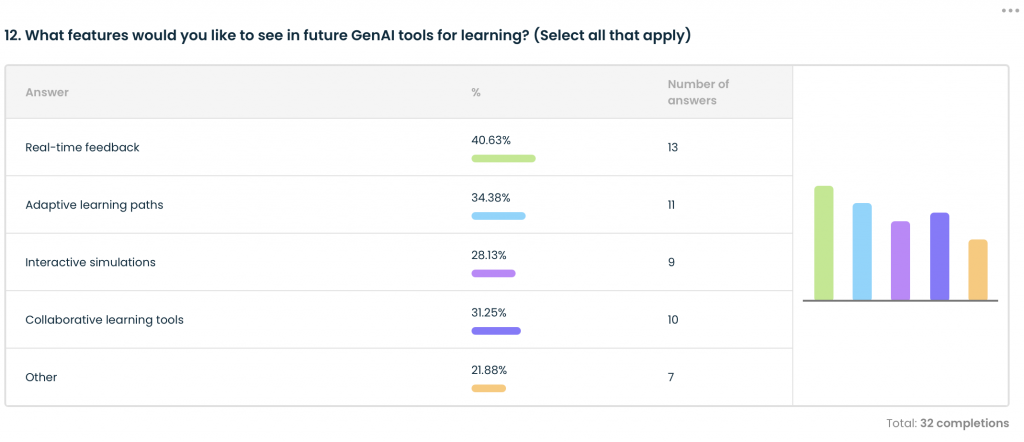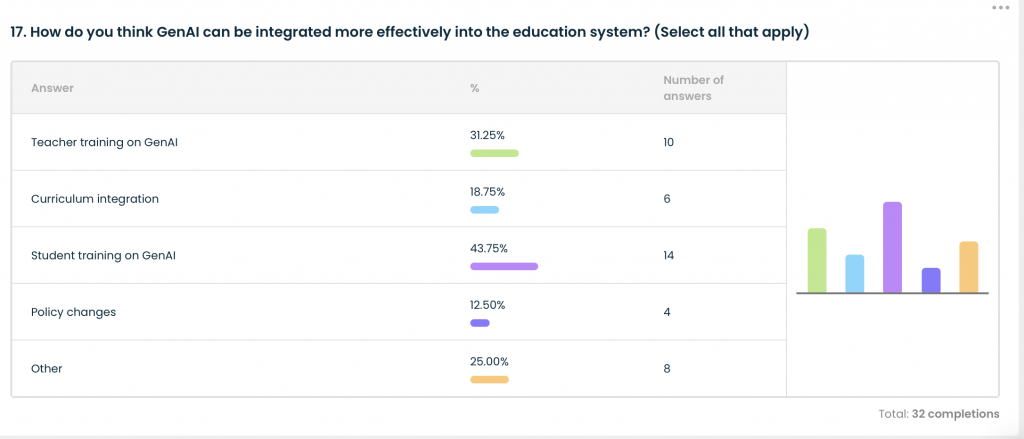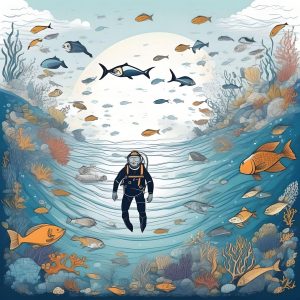
Collaborative learning is seen as a valuable approach that promotes critical thinking, problem-solving skills, and the development of 21st-century skills such as communication, teamwork, and adaptability. As a university teacher for more than twenty years, I’ve seen firsthand the incredible benefits of collaborative learning. It’s not always easy to implement, but when done right, it can transform the way students learn and retain information.
Since I teach English for specific purposes in large classes (100 – 150 students) I often use group work in my teaching. Students work in small groups on their research projects, digital storytelling, and presentations where they have to search for the literature, analyse, discuss, and finally propose potential solutions for their task. Student group work can also involve various activities that include exchanging ideas and materials, choosing tasks and strategies, peer review, collaborative writing, and working on joint projects. One of the biggest challenges I’ve encountered is ensuring equal participation within groups. Students can sometimes become too focused on the final goal, forgetting the importance of the process itself. This can lead to missed opportunities for critical thinking and shared learning. To address this, it is important to provide clear guidelines on roles and responsibilities within each team, and use peer assessment tools to encourage students to hold each other accountable for their contributions. Another challenge is the issue of free riders – students who don’t participate actively in group discussions or contribute their fair share of the workload. To address this issue, I use a variety of group activities and assignments that require individual accountability within the collaborative setting. This helps ensure that everyone is engaged and learning.
Furthermore, collaborative knowledge construction can happen not only while solving problems but also in open discussions on asynchronous discussion forums. The application of asynchronous communication in teaching academic writing allows students to carefully read the posts of other students, critically reflect on their statements, and then formulate and articulate their own ideas before writing them on the forum. Participation in discussion forums also gives students the opportunity to focus on the linguistic features and structure of discourse, unlike traditional classroom discussions where there is often not enough time for further reflection. In addition, interactive environments and collaborative learning contribute to better achievements and deeper knowledge retention. Virtual collaboration allows students to utilize their knowledge of argumentation, information selection, synthesis, and analysis, which results in the development of higher-order skills. These skills are best developed through interaction and reflection among students, thus shifting the responsibility for learning from the teacher to the students themselves. Finally, students who struggle with public speaking often feel more comfortable during computer-mediated communication compared to classroom discussions. This sense of anonymity encourages them to ask questions and participate in the discussion without feeling hesitant.
However, it’s important to emphasise that while asynchronous discussion forums encourage critical thinking, simply using these forums won’t guarantee students will think critically. The teacher plays a key role in recognising the potential of this medium and in prompting students towards critical thinking and collaborative learning. Furthermore, the structure and organization of asynchronous discussion forums are crucial in realizing this potential. Verenikina et al. (2017) identify four key elements for successful communication in asynchronous discussion forums: engaging topics, clear communication guidance, active instructor participation, and well-defined student expectations. In addition, it’s necessary to carefully organise discussions on asynchronous forums and to familiarise students with the rules of computer-mediated communication, as well as the criteria for evaluating their participation.
Following up on the pros and cons we discussed previously, I asked my students to share the benefits and challenges of online discussions. Here are some of their insights on this learning approach (Table 1).
Table 1. Student feedback on the benefits and challenges of asynchronous discussion forums
| Benefits |
Challenges |
| It’s possible to work for as long as you need since there’s no time limit and no pressure |
Lack of need for face-to-face interaction |
| Encourages creativity because you can choose the topic |
Lack of socialisation (7 students identified this issue) |
| Collaboration, good communication, fun, doesn’t create pressure, and you get a lot done in the meantime |
Some people procrastinate and end up swamped with work at the last minute |
| Easier communication between teachers and students |
The platform is not user-friendly |
| Pressure-free work, possibility to organise my time, team work |
The possibility of someone else accessing your account and completing your assignments (5 students identified this issue) |
| Encourages cooperation and socialising, encourages learning in a fun way |
I find it challenging to comment on other student posts |
| It’s not boring, interaction with other students through forums makes learning better and more fun |
I’d prefer to focus more on formulating my own ideas in discussions |
| For me personally, this is something new, so it was interesting to participate and follow this type of discussion |
I sometimes struggle with coming up with ideas to write about |
| Creative and interesting, good interaction with other students, team work |
I prefer expressing myself through spoken word rather than writing |
| Learning without stress, doesn’t require all-day studying, work from home |
|
| Frees students from fear and anxiety when they have to present their opinions to a larger audience |
|
| Overcoming the fear of public speaking and presenting in front of classmates |
|
| Improving my writing skills |
|
Sources:
Árnason, H., Creelman, A., Eklund, C., Grubbe, J., Kekkonen, T., Knudsen, A., Ruge, B., & Slåtto, T. (2017). Silent learners – a guide. https://nvl.org/rapporter/silent-learners-a-guide/
Johnson, G. M. (2006). Synchronous and asynchronous text-based CMC in educational contexts: a review of recent research. Tech Trends, 50 (4), 46-53. https://doi.org/10.1007/s11528-006-0046-9
Lee-Baldwin, J. (2005). Asynchronous discussion forums: A closer look at the structure, focus and group dynamics that facilitate reflective thinking. Contemporary Issues in Technology and Teacher Education. (online serial), 5 (1), 93-115. https://www.citejournal.org/volume-5/issue-1-05/current-practice/asynchronous-discussion-forums-a-closer-look-at-the-structure-focus-and-group-dynamics-that-facilitate-reflective-thinking
Verenikina, I., Jones, P.T. & Delahunty, J. (2017). The Guide to Fostering Asynchronous Online Discussion in Higher Education. http://www.fold.org.au/docs/TheGuide_Final.pdf
*Photo by Shane Rounce on Unsplash
